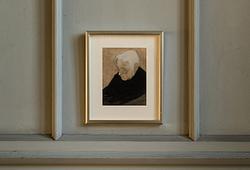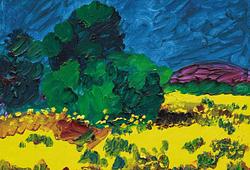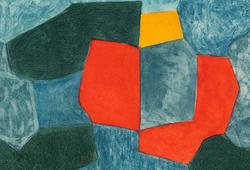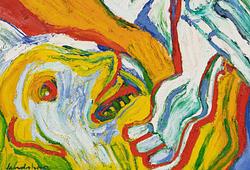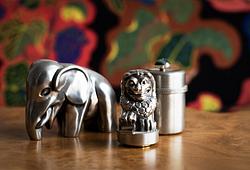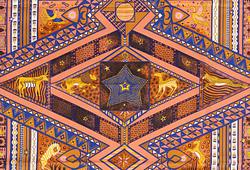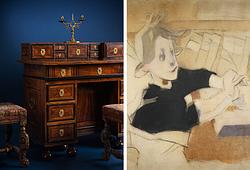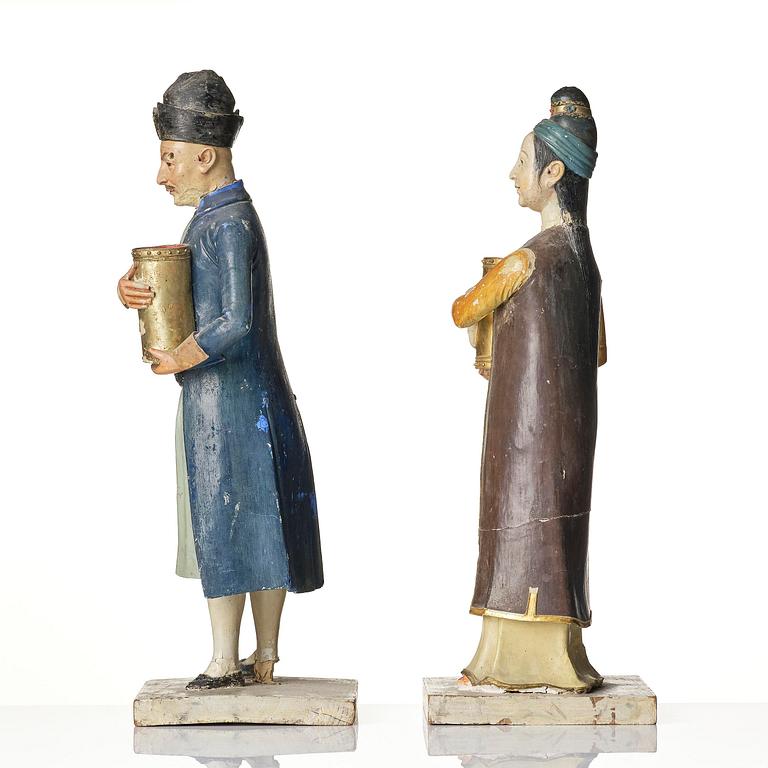A pair of Chinoiserie figures of a Parsi tradesman and his wife, Qing dynasty, Canton, 19th century.
Standing figures holding a vase, painted and gilded decoration. Each holding a faceted vessel to one side. The male figure with a moustache, wearing distinctive high black hat and white belted tunic under his coat, black pantaloons underneath and black slippers on his feet. The figure is described as a Parsi Merchant, due to his paghri head gear. He is clad in a belted tunic, pantaloon, a common outfit for men in the late 17th century and onward. Height 37.5-38.5 cm.
Damages, repairs.
Alkuperä - Provenienssi
Poperty of a private Swedish Collector.
Näyttelyt
Compare a set exhibited in Asian Civilisation Museum, Singapore, 2011-01505. Catalogued as Canton, 19th Century.
Compare a sculpture sold at Christies, 25 January 2011. Live auction 2404. Chinese Export Art. Lot no 233.
Compare also Sothebys, lot 162. Collections
31 October 2017 London.
Compare also Sothebys, Lot 454. L12305
4 December 2012 London.
Kirjallisuus
In the 1830s the best-known Parsi merchant, Sir Jamsetjee Jeejeebhoy, had "...dealings with Jardine, Matheson...worth well over a million pounds a year," according to P. Conner, The Hongs of Canton, pp. 118-19, where the author details the Parsi presence on the China coast and illustrates the Lamqua full-length oil portrait of Jeejeebhoy.
Muut tiedot
This kind of figures became popular in the China Trade during the 18th century, and many of them were produced in Guangzhou. One can find figures portaying European and Asian traders, Chinese Merchants or Chinese official.
The parsi figure is quite rare, the Parsis descend from the Aoroastrians who as early as the eight century left Islamic Iran for India to avoid religious presecution. Many Parsis migrated to Mumbai at the invation of the East India Company and became shipping tycoons, international traders and brokers. Some families settled in Singapore in the mid 19th century.




